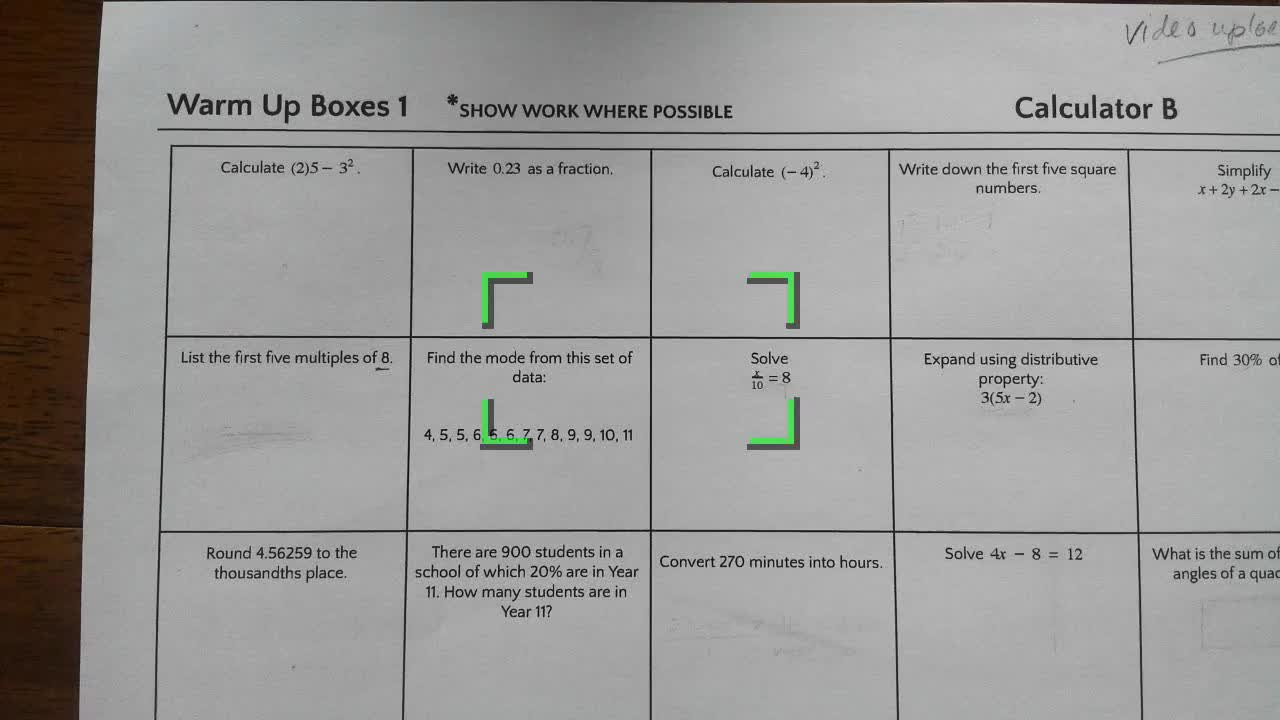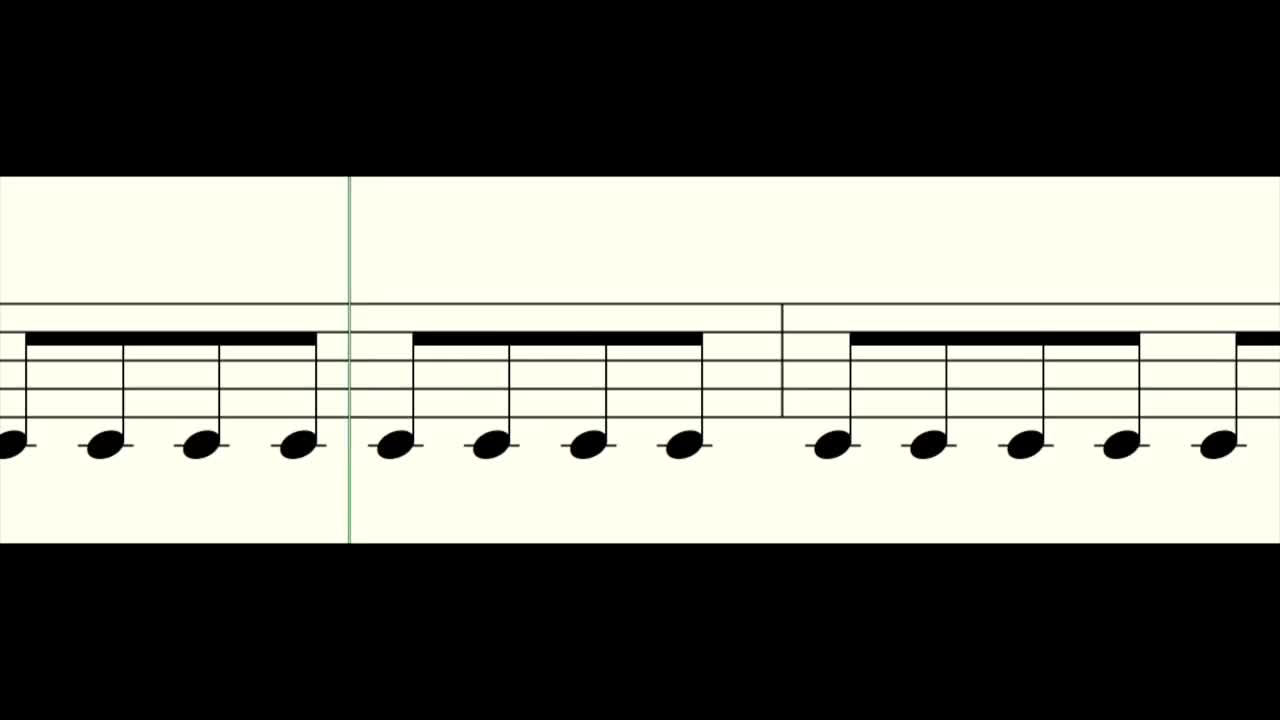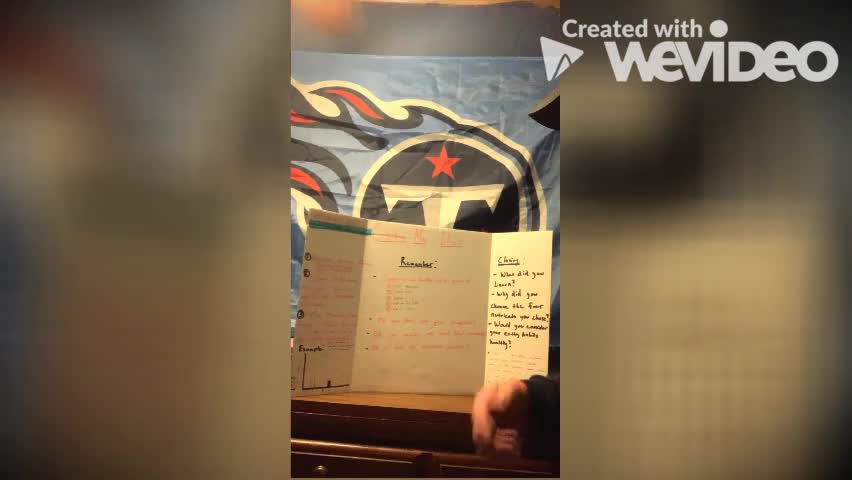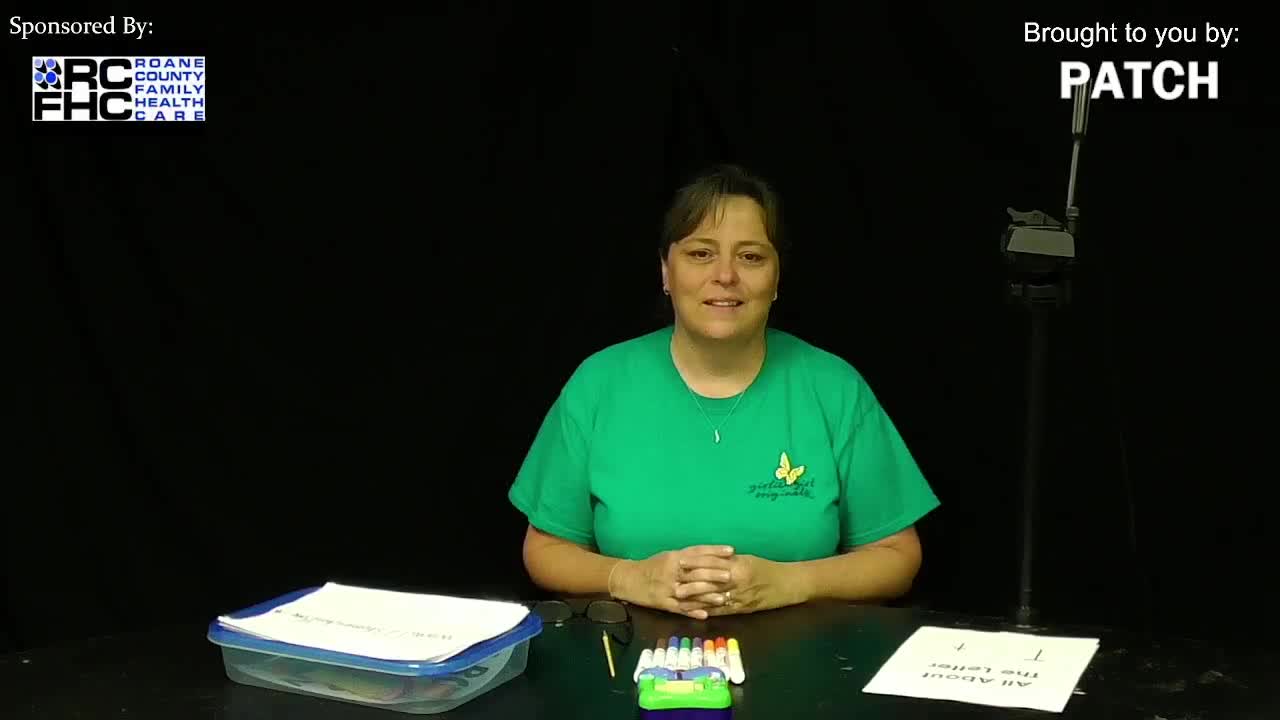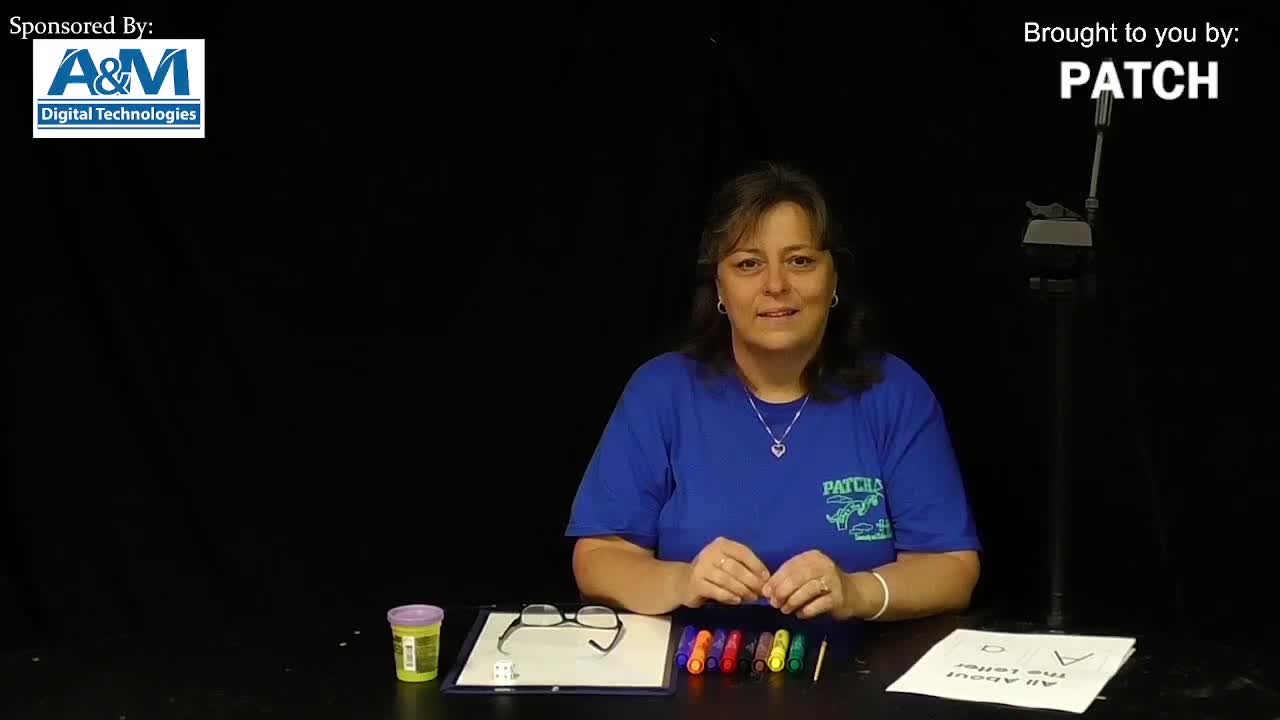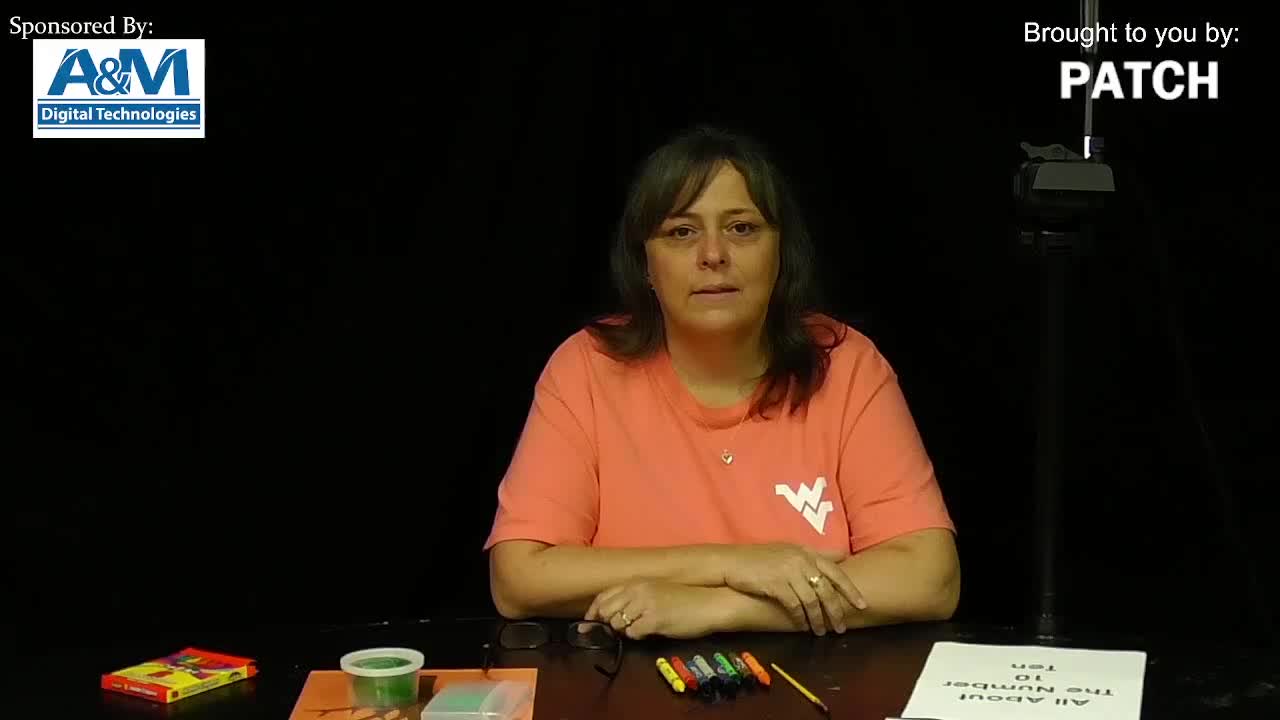Candle Flame in Microgravity
All / Health and Physical Education / Stretches
A lit candle is dropped in free fall which provides a microgravity environment for a fraction of a second as the candle falls about 5 feet. This microgravity environment drastically reduces the effects of gravity, which, in this case, is gravity-driven convection. While falling, the forces driving convection are drastically reduced, which then causes the candle flame to reduce in height since the rising air is slowed down. A candle flame in a microgravity environment for a long time (e.g. on the ISS) would change to a spherical flame centered around the wick. The flame is still hot, but without the effects of gravity, the hot air doesn't experience an up or down. Flame becomes stable with hydrocarbon fuel evaporating from the wick and diffusing outward. Oxygen diffuses inward from the air around the candle. Where the hydrocarbon fuel and oxygen meet in the correct fuel-air ratio, combustion occurs. Notice the flame expands upward as the experiment continues to fall. The circulating air (due to convection before the drop) has momentum and does not instantly stop moving when the driving force is diminished. This moving air then stretches out the flame after the flame's initial reduction.








